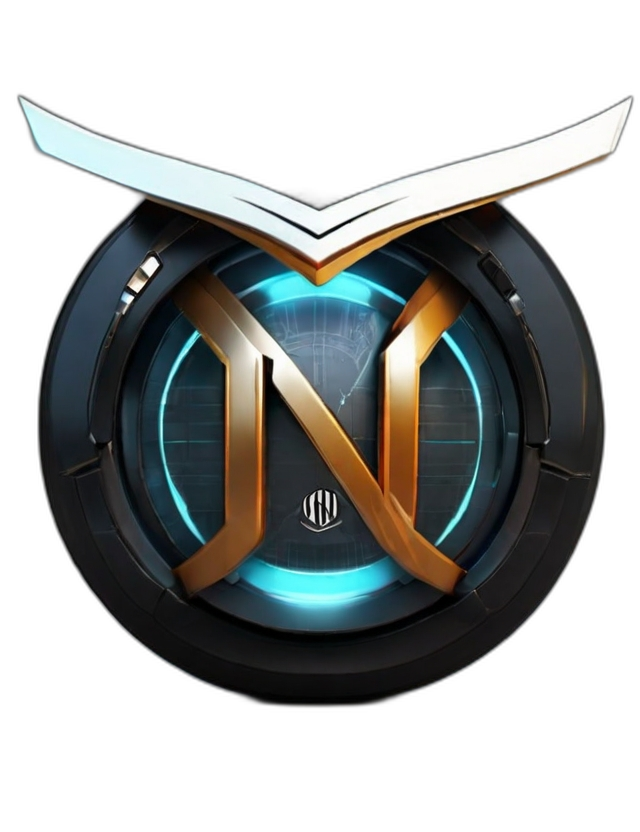
In the 21st century, the digital landscape has witnessed a remarkable evolution, redefining the way we interact with technology and our surroundings. Amidst this technological revolution, the term ”’iot, Internet of Things”’, has emerged as a prominent force, promising to reshape our world in ways previously unimaginable. In this comprehensive exploration, we delve into the essence of IoT, its intricacies, applications, and the transformative potential it holds across diverse domains.
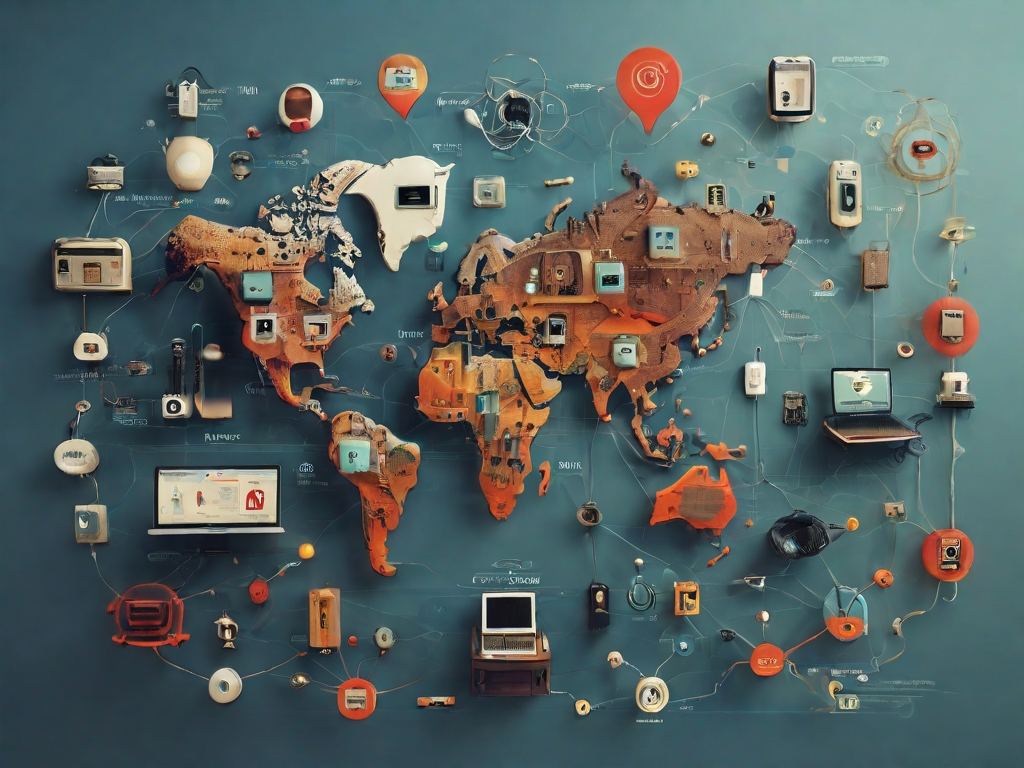
Understanding IoT: A Conceptual Overview
At its core, IoT embodies the concept of interconnectedness, wherein everyday objects, equipped with sensors, actuators, and connectivity features, seamlessly communicate and interact with each other via the internet. This interconnected network enables the exchange of data and facilitates intelligent decision-making processes, thereby augmenting efficiency, productivity, and convenience across various spheres of human activity.
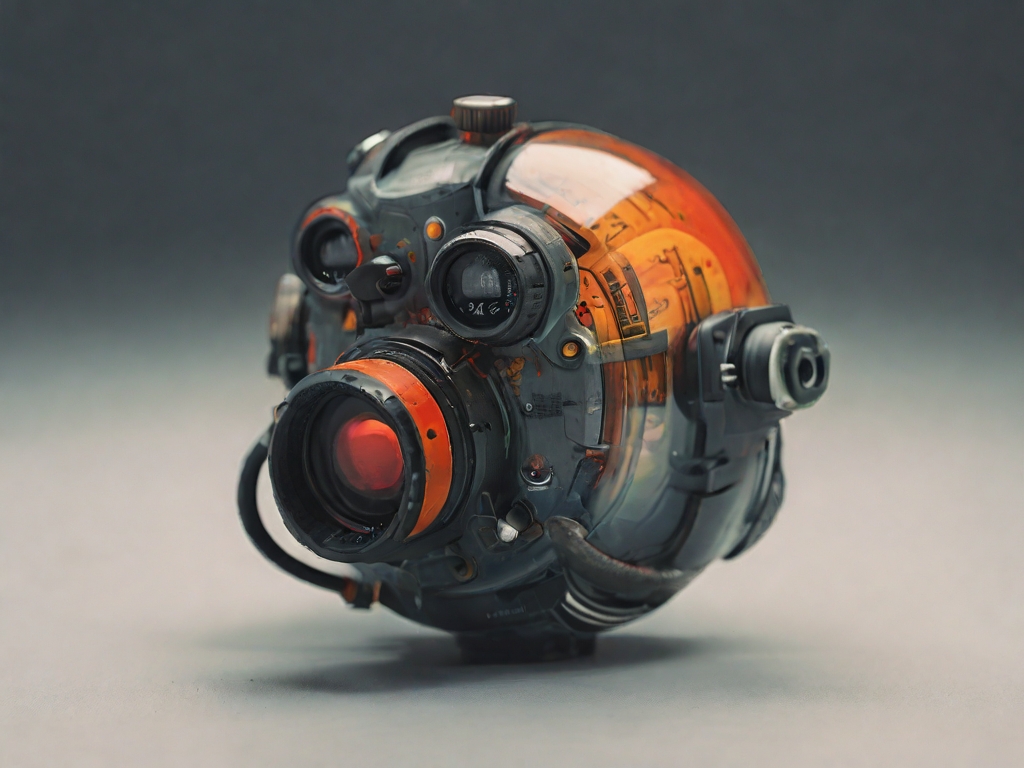
The Building Blocks of IoT
The foundation of IoT rests upon a combination of key components, each playing a pivotal role in enabling connectivity and functionality:
Sensors and Actuators: These devices serve as the sensory organs of IoT, capturing real-world data such as temperature, humidity, motion, and more. Actuators, on the other hand, translate digital commands into physical actions, allowing IoT systems to exert control over the physical environment.
Connectivity Protocols: IoT devices rely on diverse communication protocols such as Wi-Fi, Bluetooth, Zigbee, and cellular networks to establish connections and exchange data with other devices or centralized platforms.
Data Processing and Analytics: The sheer volume of data generated by IoT devices necessitates robust processing and analytical capabilities. Edge computing and cloud-based platforms are leveraged to process, analyze, and derive actionable insights from this data in real-time.
Security Mechanisms: Given the sensitive nature of the data transmitted within IoT ecosystems, robust security measures, including encryption, authentication, and access control, are imperative to safeguard against cyber threats and unauthorized access.
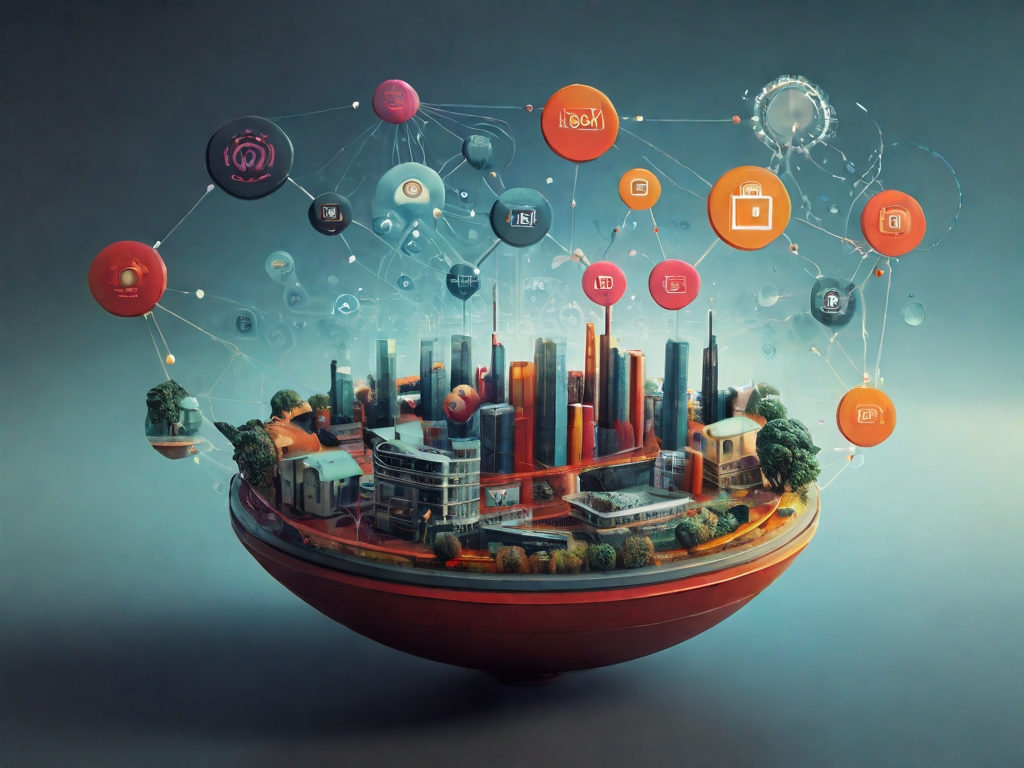
Applications Across Industries
The pervasive nature of IoT has paved the way for its adoption across a myriad of industries, revolutionizing operations, enhancing efficiency, and unlocking new avenues for innovation:
Smart Cities: IoT technologies are instrumental in creating smarter, more sustainable urban environments. From intelligent traffic management and waste management systems to enhanced public safety and energy efficiency initiatives, IoT plays a pivotal role in optimizing city infrastructure and services.
Healthcare: In the realm of healthcare, IoT-enabled devices facilitate remote patient monitoring, personalized treatment regimens, and predictive maintenance of medical equipment. Wearable health trackers, smart implants, and telemedicine platforms exemplify the transformative impact of IoT in revolutionizing healthcare delivery.
Manufacturing: IoT-driven smart factories epitomize the concept of Industry 4.0, wherein interconnected sensors, robotics, and predictive analytics converge to optimize production processes, minimize downtime, and enable predictive maintenance, thereby fostering a paradigm shift towards leaner and more efficient manufacturing operations.
Agriculture: In agriculture, IoT technologies empower farmers with real-time insights into soil moisture levels, weather patterns, crop health, and livestock monitoring, enabling data-driven decision-making and precision farming practices that maximize yields while minimizing resource consumption and environmental impact.
Retail: IoT has revolutionized the retail landscape, ushering in an era of seamless omnichannel experiences, personalized marketing campaigns, and inventory management systems powered by RFID tags and smart shelves. Retailers leverage IoT data to gain deeper insights into consumer behavior, optimize supply chain logistics, and enhance the overall shopping experience.

Challenges and Considerations
Despite its transformative potential, the widespread adoption of IoT is not without its challenges and considerations:
Privacy Concerns: The proliferation of IoT devices raises concerns regarding data privacy and security. As IoT ecosystems capture and analyze vast amounts of personal data, stringent privacy regulations and robust security measures are essential to mitigate the risk of data breaches and unauthorized access.
Interoperability: The heterogeneity of IoT devices and communication protocols poses interoperability challenges, hindering seamless integration and data exchange across disparate systems. Standardization efforts and interoperability frameworks are essential to foster compatibility and interoperability within IoT ecosystems.
Scalability and Reliability: As IoT deployments scale to encompass millions of interconnected devices, ensuring scalability, reliability, and low-latency communication becomes increasingly challenging. Edge computing architectures and distributed IoT platforms play a crucial role in addressing these scalability concerns and enhancing the responsiveness of IoT applications.
Energy Efficiency: Many IoT devices operate in resource-constrained environments with limited battery life, necessitating energy-efficient design principles and optimization techniques to prolong device longevity and minimize environmental impact.
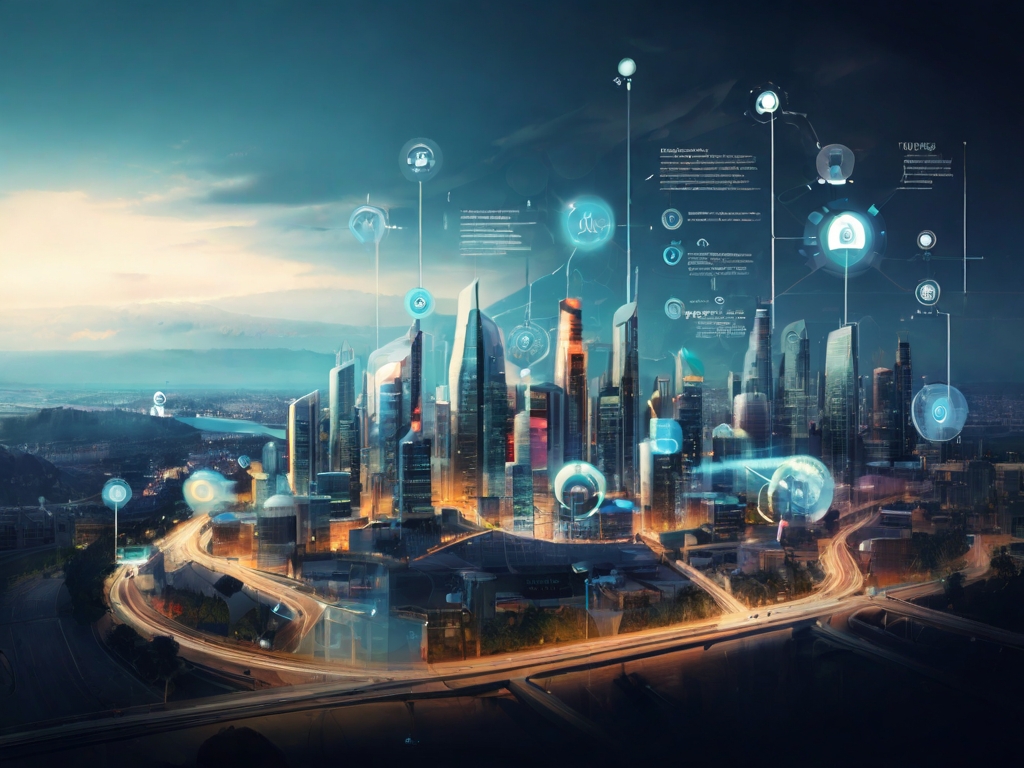
The Future of IoT: Towards a Connected Tomorrow
As we peer into the future, the trajectory of IoT holds immense promise, with advancements in artificial intelligence, edge computing, and 5G poised to unlock new dimensions of connectivity and innovation. From autonomous vehicles and smart infrastructure to personalized healthcare and sustainable agriculture, the transformative potential of IoT continues to unfold, reshaping industries, enhancing quality of life, and ushering in an era of unprecedented connectivity and efficiency.
In conclusion, the ”’iot, Internet of Things”’ represents a paradigm shift in the way we perceive and interact with the world around us. By fostering interconnectedness, data-driven insights, and intelligent automation, IoT stands poised to revolutionize industries, empower individuals, and catalyze innovation on a global scale. As we navigate the complexities and challenges of this digital frontier, one thing remains abundantly clear – the age of IoT has dawned, heralding a future where connectivity knows no bounds, and possibilities are limited only by our imagination.
